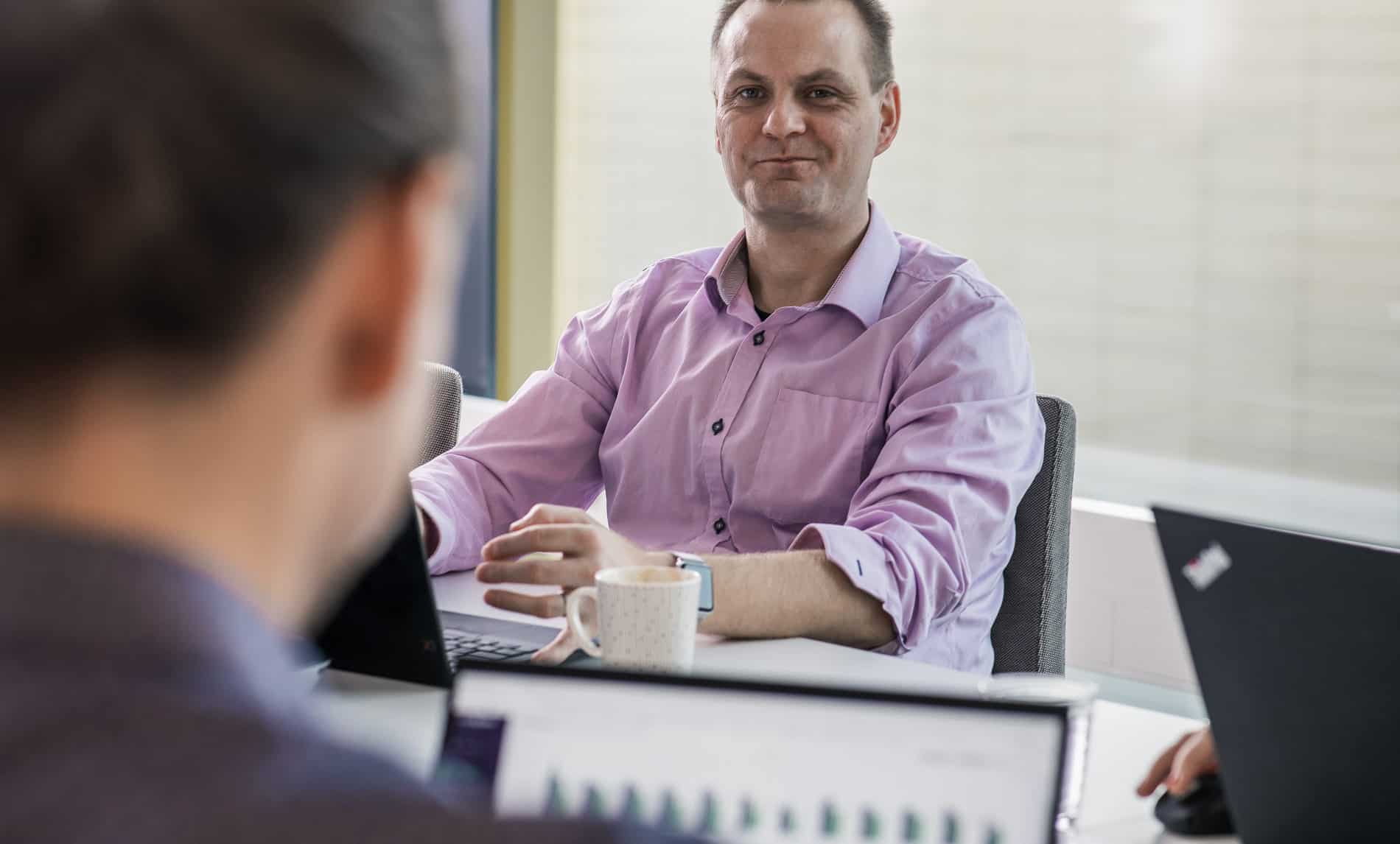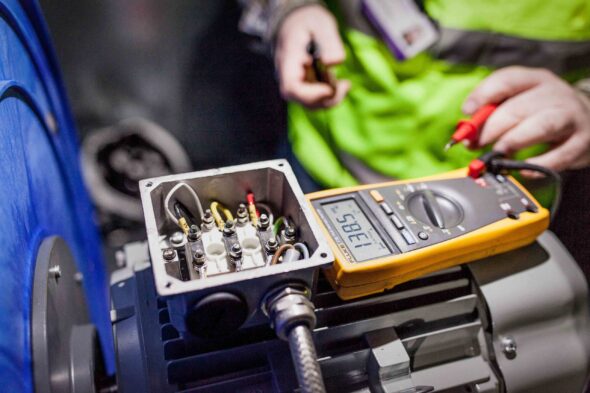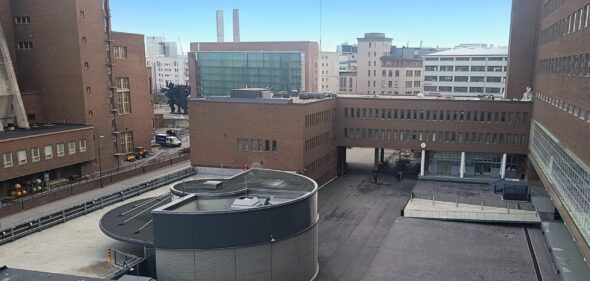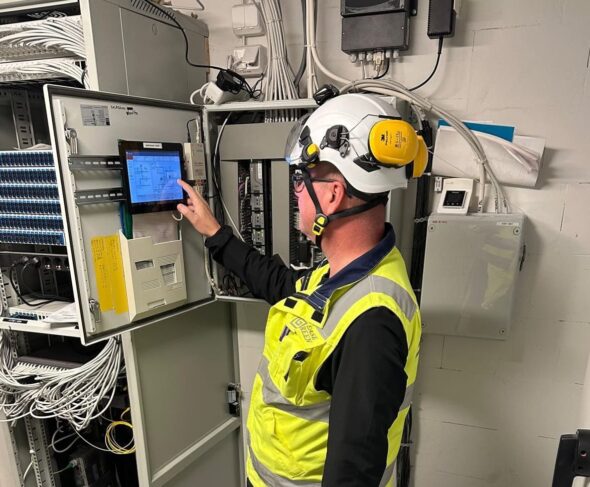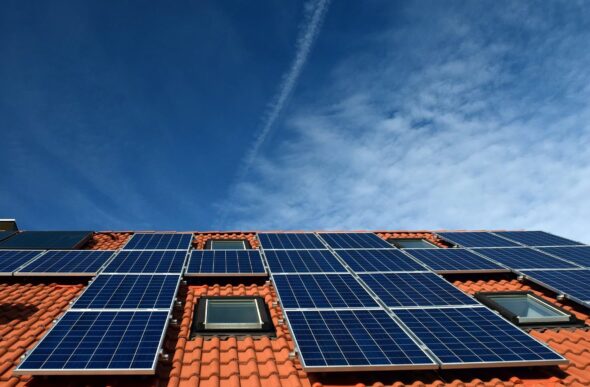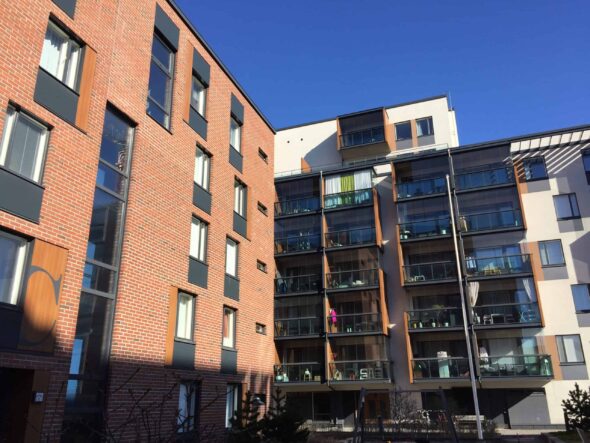You fix it when someone complains, or get someone to fix it when they have time. If there are a lot of complaints, you’ll serve the person who shouts the loudest first. You do your best, but you often end up driving millions of dollars worth of real estate on a hunch. This happens because the situational picture is fragmented into separate building systems and it is difficult to extract useful information to support management. And when your working day ends, you start up a car worth €40,000 with an IT system that is far more sophisticated than any of the properties you manage.
My short story above is a simplified and slightly exaggerated description of the daily life of many professional property owners. For the pioneers of the real estate sector, it is already yesterday’s news, but the vast majority are still grappling with problems of this kind. Building services systems of different ages produce varying levels of information. The overall picture is incomplete because data is stored in silos and does not communicate with each other.
This new way of thinking about property maintenance and upkeep puts the satisfaction of the tenants of a property, such as an office building, at the heart of best practice. The information generated by the systems is linked and analysed in a format that best benefits the professionals responsible for the conditions in the building.
Systematic and proactive use will be made of this information. Symptoms are detected even before a site breaks down.
User satisfaction is a really good indicator, because poor conditions are almost invariably a symptom of a property not functioning as technically designed. This often leads to financial problems as well. The property may waste energy – or lose some of its income – when unhappy tenants move out.
Having studied the data generated by several hundred properties, I would venture to say that other indicators will also improve when conditions are put right. Energy efficiency is improved when fresh air, heat and cool are distributed in a controlled way to where they are needed and not elsewhere. Optimising energy consumption also leads to the best result in terms of climate emissions from the building.
LeaseGreen monitors and analyses its customers’ properties using so-called digital twins. These are virtual replicas of key building services systems such as ventilation machines, heat exchangers, chillers, heat pumps and solar power plants connected to building automation. We combine the information they provide with data from sensors measuring temperature, humidity and CO2 levels in different parts of the building, energy consumption data and feedback from people in these zones. These are collected using an app tailored to the property in question.
Property management will be holistic, active and two-way. LeaseGreen’s experts monitor the building’s technology remotely. They optimise the operation of systems based on what’s happening in the sky or underground. An AI-powered system adjusts the house’s technology based on weather forecasts and monitors the energy wells in the geothermal system. With reliable data, they can ensure that geothermal heating delivers the best long-term performance for the homeowner.
With an intelligent system, the building’s technical manager has a stream of information in front of him or her that helps to tackle problems in advance. Fewer human errors and wrong decisions are made. Costs are reduced because there are fewer and less messes in the building’s mechanical room. The number of complaints is reduced. Satisfaction improves.
Perfection is an impossible goal when there are up to several hundred variables to manage. But it is easier to lead with knowledge than with guesswork.
New, middle-aged and old properties will get more out of their energy efficiency when they are managed by an intelligent system. The goal of smart management should always be to set the best version of the property. The end result is a building where people feel comfortable to work, live and shop.
The author Ari Taiponen leads LeaseGreen’s service business. He ensures that LeaseGreen’s digital services deliver the best possible added value to the customer, support the achievement of lifecycle benefits and keep customers satisfied.
